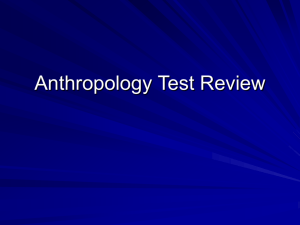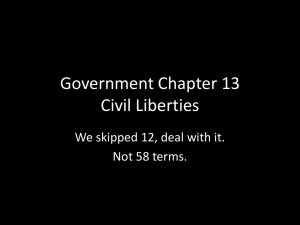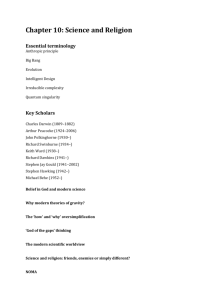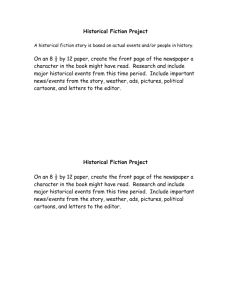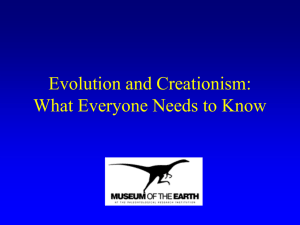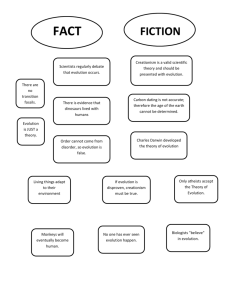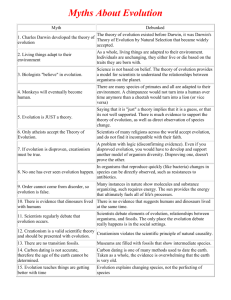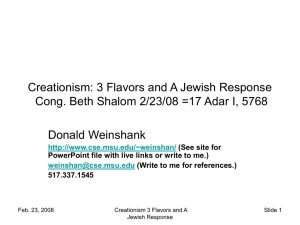Chapter 13 Review - Guthrie Public Schools
advertisement
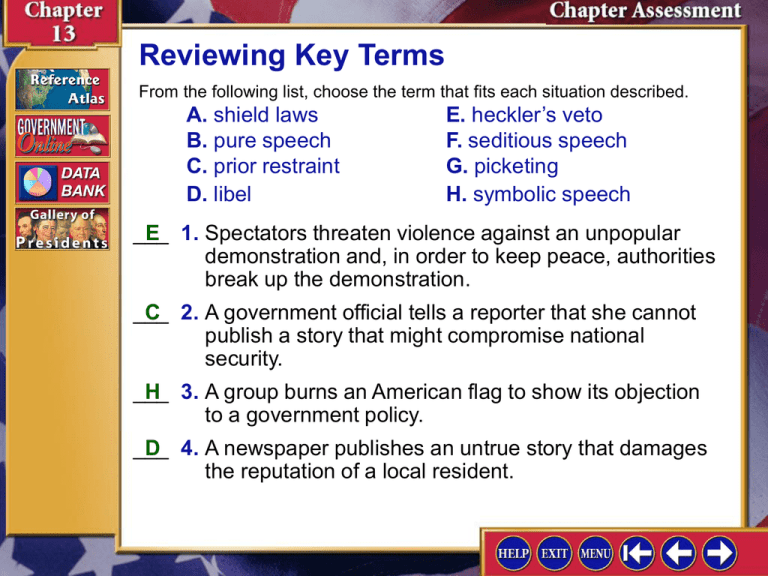
Reviewing Key Terms From the following list, choose the term that fits each situation described. A. shield laws B. pure speech C. prior restraint D. libel E. heckler’s veto F. seditious speech G. picketing H. symbolic speech ___ E 1. Spectators threaten violence against an unpopular demonstration and, in order to keep peace, authorities break up the demonstration. ___ C 2. A government official tells a reporter that she cannot publish a story that might compromise national security. ___ H 3. A group burns an American flag to show its objection to a government policy. ___ D 4. A newspaper publishes an untrue story that damages the reputation of a local resident. Reviewing Key Terms From the following list, choose the term that fits each situation described. A. shield laws B. pure speech C. prior restraint D. libel E. heckler’s veto F. seditious speech G. picketing H. symbolic speech ___ G 5. Animal rights activists parade outside a store that sells furs and attempt to convince customers not to enter the establishment. ___ F 6. An individual urges a group to fight the police rather than obey a police order to disperse. ___ B 7. A person stands in front of a group and states her opinion on an issue. ___ A 8. A reporter is protected against being forced to disclose a source of information in court. Recalling Facts 1. List four freedoms the First Amendment protects. It protects freedom of religion, freedom of speech, freedom of assembly, and freedom of the press. 2. List four examples of how religion remains part of government. Possible answers: Most government officials take their oaths of office in the name of God. The nation’s coins carry the motto “In God We Trust.” The Pledge of Allegiance contains the phrase “one nation under God.” Daily sessions of Congress open with a prayer. Recalling Facts 3. Identify kinds of speech the First Amendment protects and kinds it does not protect. It protects pure speech and symbolic speech. It does not protect seditious speech, defamatory speech, or “fighting words.” 4. How might freedom of the press interfere with an individual’s right to a fair trial? The press might print or broadcast information that might influence witnesses’ testimony, prejudice jurors or prospective jurors, or otherwise influence the trial’s outcome. Recalling Facts 5. Why may government require that groups first obtain permits to parade or demonstrate? Permits are required so that authorities can make arrangements for the public’s welfare, safety, and protection. Understanding Concepts 1. Civic Participation Analyze the Supreme Court’s decision in Gitlow v. New York. How did it support the intent of the Fourteenth Amendment to define citizenship and civic participation? Possible answers: The Court’s decision that freedom of speech is a basic, undeniable right promotes an atmosphere in which citizens can speak their minds about issues that matter to them, but cannot advocate the violent overthrow of the government. The ruling determined that no state government could deny basic rights and liberties to any person. Understanding Concepts 2. Civil Liberties Why did the court treat a Minneapolis newspaper differently than a Hazelwood school newspaper? Answers may vary, but students should note that school officials are responsible for activities that take place on school property and may regulate school curriculum and publications, whereas the Minneapolis newspaper was privately published and free from government censorship and prior restraint. Critical Thinking 1. Demonstrating Reasoned Judgment Should the First Amendment protect those who publish stolen government documents? Explain. Answers will vary, but should include references to Supreme Court decisions on this issue, such as the Pentagon Papers case. Students should attempt to balance the interests of the national security and government suppression of embarrassing information. Critical Thinking 2. Recognizing Ideologies The Court ruled out laws requiring the teaching of creationism, but not the teaching of creationism itself. Does teaching creationism in public schools serve to “endorse a particular religious doctrine”? Explain. Answers will vary, but should address questions such as the following: Can an individual teacher present creationism objectively? If creationism is taught, is it presented as a specific religious doctrine? What evidence is presented? Critical Thinking 3. Making Comparisons Use a graphic organizer like the one below to compare the three tests for limiting seditious speech. relaxes limits: preferred position; sets standard: clear and present danger; toughens limits: bad tendency. Interpreting Political Cartoons Activity 1. Whom do you think the person in the cartoon is representing? Why? The cartoon is representing the Framers of the Constitution, because his clothing, hairstyle, and writing materials suggest the time when the Constitution was written. Interpreting Political Cartoons Activity 2. What is this person doing? He is drafting the Constitution or the Bill of Rights. Interpreting Political Cartoons Activity 3. What do his thoughts suggest about the nature of an individual’s constitutional rights? They suggest how the nation’s Founders had to create a balance between freedom and rights and the limits to them. What are the three major religions practiced in the United States today? Christianity, Islam, and Judaism
